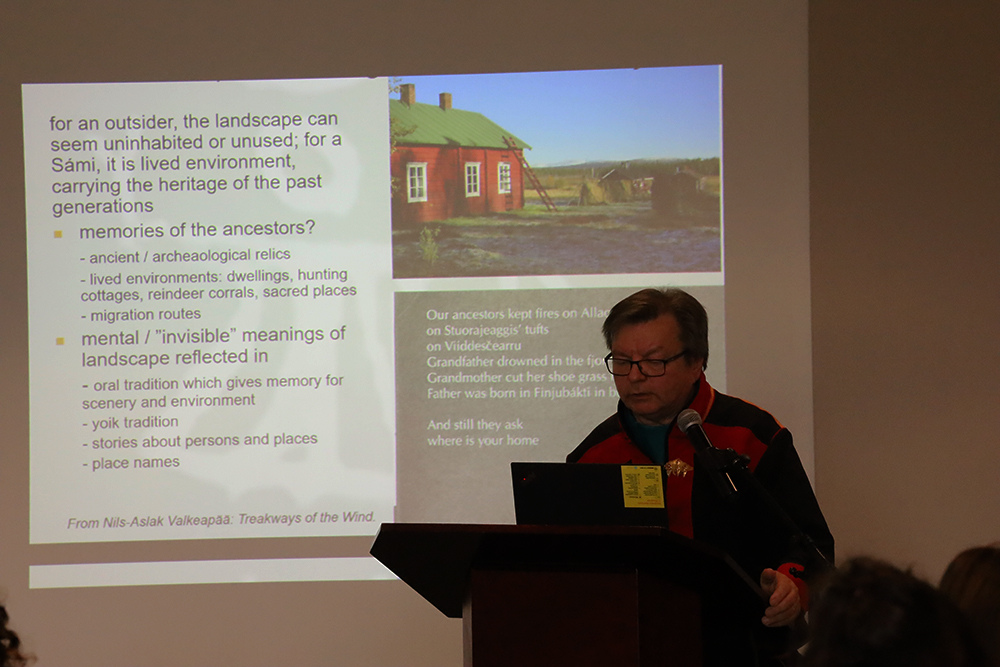Maine recently celebrated its fourth anniversary of honoring Indigenous Peoples’ Day on Oct. 10, 2022.
Maine is one of several states that legally recognizes Indigenous Peoples’ Day rather than Columbus Day. Maine’s deep roots in colonialism created a system where the history and culture of the Wabanaki people — consisting of the Miꞌkmaq, Maliseet, Passamaquoddy and Penobscot nations — have gone largely ignored by a majority of the public.
“When communities replace Columbus Day with Indigenous Peoples’ Day, we see the cracks in the false narrative and an opening for the truth to shine in. We celebrate those who have been and are working to open those cracks for more education, healing, and change,” wrote Barbara Kates, Maine-Wabanaki REACH Community Organizer, in 2017. “Maine communities are beginning to focus on the work that needs to be done in their own neighborhoods, recognizing that dismantling white supremacy and racist structures is the responsibility of non-Native people, not an additional burden to be borne by Native people.”
On Oct. 5, the University of Maine Anthropology Department and Native American Studies Program co-hosted the talk “Dismantling stereotypes, repatriating our histories: Indigenous Exhibition Making at the Sámi Museum Siida.” The departments welcomed Veli-Pekka Lehtola, professor of Sámi culture in the Giellagas Institute at the University of Oulu, Finland.
Lehtola delivered a wonderful presentation focused on the culture of the Sámi: the Indigenous people of Finland, Norway, Sweden and parts of Russia. Lehtola is a prominent historian and one of the primary writers for the updated exhibition, “Enâmeh láá mii párnááh (These lands are our children)” at the Sámi Siida Museum. The museum recently received over 2,000 repatriated items from the National Museum of Finland.
Slowly, museums across the globe are undergoing a period of renewal and care for Indigenous cultures and objects.
“Ground is being broken on new buildings, storage is expanding to house repatriated collections, and the latest technolog[ies] are bringing newly returned cultural heritage to life and giving it relevance to younger generations,” said Matthew Magnani, an assistant professor of anthropology. “Museums are critical cultural resources for community members who wish to revisit production techniques, craft and contemporary visions of belonging. They play an equal role in shaping the representation seen by visitors who return to southern capitals and foreign cities with new respect and understanding of Indigenous histories.”
Through the new exhibition, Lehtola has played an instrumental role in conveying the coping of the Sámi community and pushing Sámi voices to the forefront of conversations within Finland.
Language, culture and tradition are closely intertwined with identity. Many governments — including the United States — have systematically forced many Indigenous groups to lose their language; language can be lost in one generation.
Lehtola explained how the Sámi are working to preserve their nine languages through music.
“Language [is] a starting point for remembering, not only for communication but as identification of ‘us,’” Lehtola said.
For more information about the Sámi Siida Museum visit https://siida.fi/en/the-sami-museum/.








